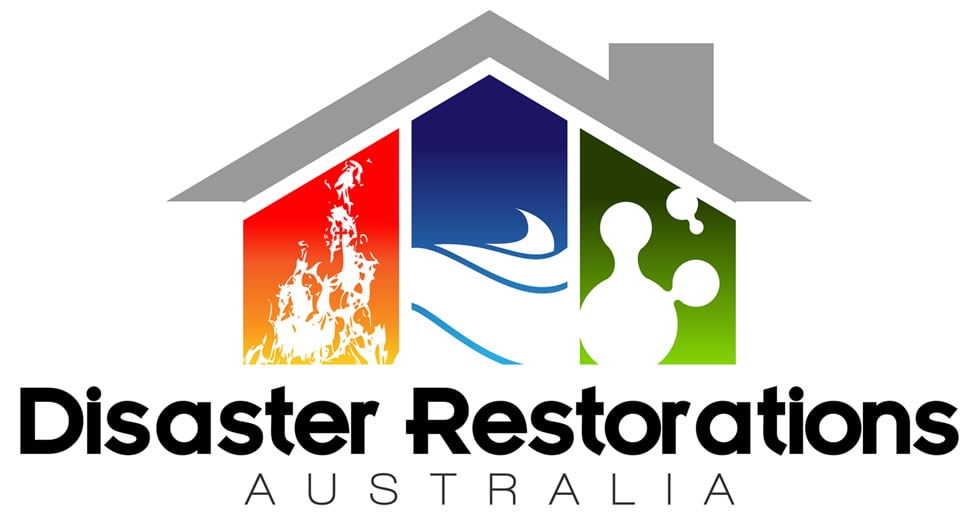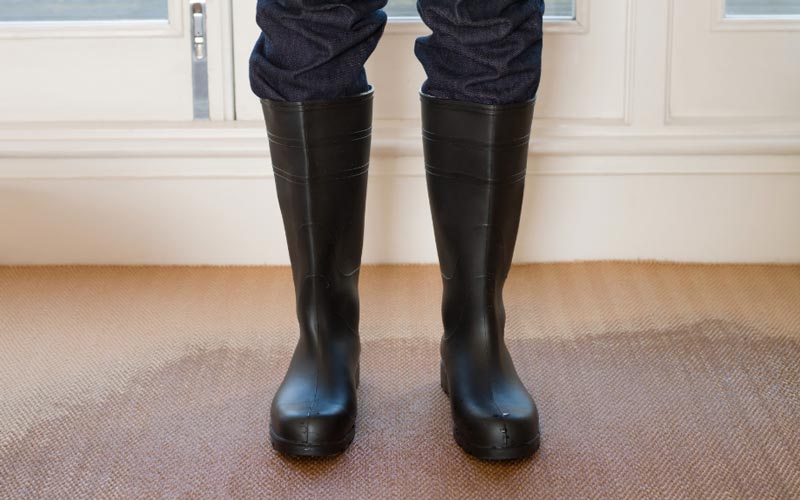There are many reasons a home can be flooded – flash flooding from a blocked street drain, heavy rain, river banks bursting due to king tides, plumbing mishaps and damaged pipes that fail. All of which can cause mild to severe water damage in your home. One of the first things to be affected is your flooring, and carpets are not cheap to replace!
After a flood, many homeowners and property managers wonder if their carpet and underlay can be saved. The answer is, it depends. Factors such as the age and quality of the carpet and underlay, as well as the type of installation used, have to be taken into consideration. However, the type of floodwater that caused the damage is most important when determining whether or not carpet and underlays can be salvaged.
There are three flood-water types that determine whether the carpet and underlay can be restored to their former condition:
Clean Water
Non-contaminated water that may come from a broken pipe, sink, etc. After the water has been extracted, carpets and underlay can be dried and restored in place.
Grey Water
Water That doesn’t contain any solid animal or human waste, but it has been used. An example of this would be a toilet that has overflowed or a broken washing machine that leaks a large amount of water mid-cycle. This water has potential to cause illness, even if the threat of disease usually isn’t present since there’s no solid waste. It is better to be safe and avoid the risk. The carpet underlay that’s been soaked with grey water needs to be discarded for safety reasons, the carpet itself can sometimes be saved, though it is best to have it assessed by a professional.
Black Water
Water containing dangerous contaminants that may originate from sewage and toilet backflows as well as from floods caused by natural disasters. To protect your family’s health, carpets and underlay should be removed, discarded and replaced.
Since every water damage situation is different, you cannot know for sure if or when your carpet and underlay can be salvaged until you have a professional water damage and restoration company inspect the situation.
What should I do after flooding?
- Remove excess water by mopping and blotting
- Wipe excess water from wood furniture after removal of lamps and tabletop items
- Remove and prop wet upholstery and cushions
- Place aluminum foil or wood blocks between furniture legs and wet carpeting
- Turn air conditioning on for maximum drying in summer
- Remove colored rugs from wet carpeting
- Remove art objects to a safe, dry place
- Gather loose items from floors
What should I NOT do after flooding?
- Don’t leave wet fabrics in place, hang to dry
- Don’t leave books, magazines or other colored items on wet carpet or floors
- Don’t use your household vacuum to remove water
- Don’t use television or other household appliances
- Don’t turn on lights or ceiling fans if ceiling is wet, and keep clear of rooms where ceilings may appear sagging.
Whether your carpet is damaged as a result of water or flood damage, or has just become dirtier over the years, Disaster Restorations Australia can assess your flooding situation and your floors. We have the skills to bring your carpet back to life. We have trained our technicians in accordance the Institute of Inspection, Cleaning and Restoration Certification (IICRC) guidelines and ensure that they always keep up with the newest technology and best practices. All of our carpet cleaning, repairs and re-installations are undertaken by experienced professionals with many years of experience. If you have a carpeted floor that is subdued to water damage, you will NEED to contact a carpet restoration professional as soon as possible to reduce the damage and prevent further problems such as the growth of mould.
If you have experienced water damage or flooding in your property then drying, cleaning and restoring your carpet are absolutely crucial to the water damage restoration process. If ignored your flooded carpet Sydney it may begin to emit bad odours and even become a breeding ground for potentially harmful types of mould.
Contact Disaster Restorations Australia and our team can assist you in having your water damage assessment done as soon as possible so that your flooring can potentially be salvaged today.

